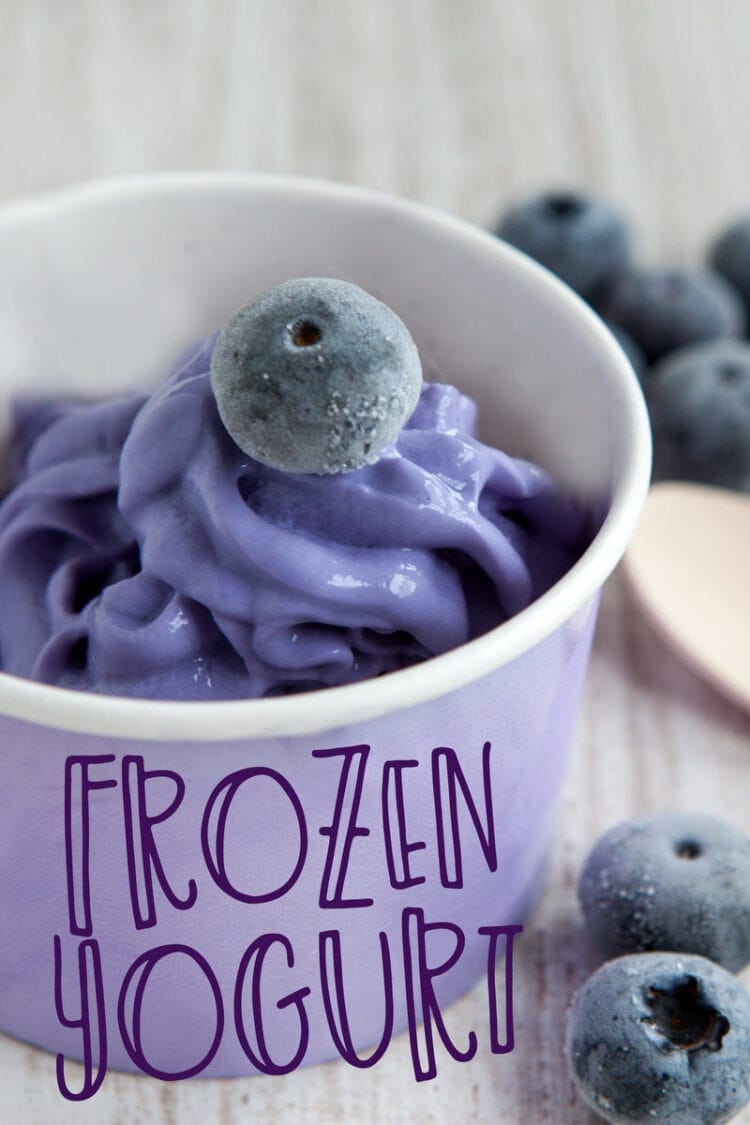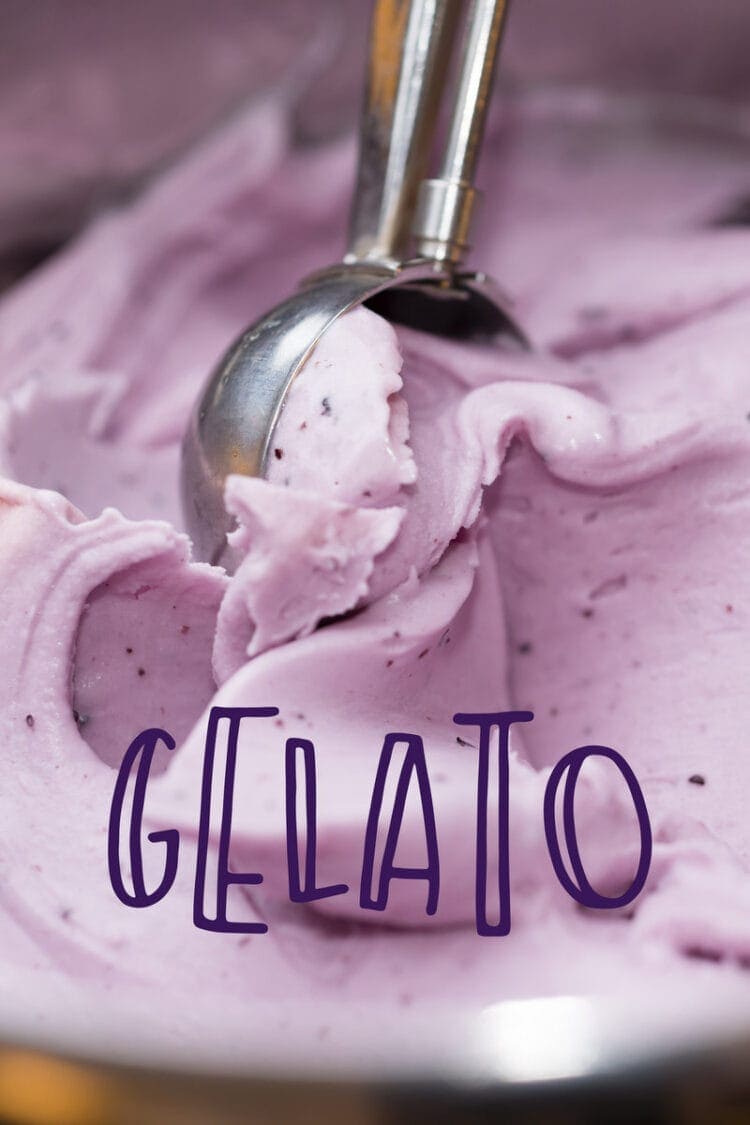Frozen yogurt is everywhere, often marketed like ice cream — but what actually is the difference between ice cream and frozen yogurt (also known as froyo)?
And while we’re on the subject, what exactly are gelato and frozen custard?
Frozen confusion
Once upon a time, frozen dessert was so simple. There was ice cream and… well, there was ice cream. These days, we’re surrounded by choices — ice cream, frozen custard, frozen yogurt, gelato and other tasty treats. So much deliciousness… so little time!
But other than the names, what in the world differentiates all of these? Try to control your drooling for a few minutes, and read on.
The difference between ice cream and frozen yogurt
The easiest way to differentiate these frozen treats is to talk about what defines each one. Here’s a look.
About ice cream
According to the USDA, ice cream, by definition, contains between 10% and 18% milkfat, and between 12% to 16% sweeteners by weight. Ice cream also has air blended into it to increase its volume in an aeration process called “overrun” — and can have overrun up to 100% — so the final product is often light and fluffy because half of it is made up of air.
But what about the different varieties of store-bought ice cream? Here’s what some of the terms you may see on ice cream labels legally mean, according to the International Dairy Foods Association:
Ice cream: A frozen food made from a mixture of dairy products, containing at least 10% milkfat.
“Reduced fat” ice cream: Contains at least 25% less total fat than the referenced product (either an average of leading brands, or the company’s own brand).
“Light” ice cream: Contains at least 50% less total fat or 33% fewer calories than the referenced product (the average of leading regional or national brands).
“Lowfat” ice cream: Contains a maximum of 3 grams of total fat per serving (1/2 cup).
“Nonfat” ice cream: Contains less than 0.5 grams of total fat per serving.
They also note the general guidelines for the fancy stuff:
“Superpremium” ice cream: Tends to have very low overrun and high fat content, and the manufacturer uses the best quality ingredients.
“Premium” ice cream: Generally has low overrun and higher fat content than regular ice cream, and the manufacturer uses higher quality ingredients.

About frozen yogurt
Don’t call it a comeback — it’s been here for years.
Frozen yogurt (also known as froyo or frogurt) substitutes yogurt in place of the bulk of the cream used in ice cream. As a result, milkfat makes up only 0.5% to 6% of frozen yogurt, with sugar or sweeteners making up 15% to 17% of the weight.
Some frozen yogurt tastes just like soft-serve ice cream, while other varieties have a sweet, tangy flavor with a smooth texture.
TCBY (which you remember had a name originally meaning “This Can’t Be Yogurt” — later updated to “The Country’s Best Yogurt”) opened their first shop in 1981, and by the mid-eighties, became the world’s largest frozen yogurt franchise. Many more companies joined the fray, however, demand all but disappeared by the late 1990s.
Then came Pinkberry, who relaunched the business model in 2005 by offering frozen yogurt that had was more tart than traditional yogurt. According to the company’s site, they “believe real frozen yogurt should taste like yogurt, made with… live & active cultures.”

About frozen custard
Custard is very similar to ice cream, but there are two major differences. First of all, by USDA definition, custard must contain at least 1.4% egg yolk by weight. Egg yolk is a natural emulsifier, giving custard a rich and creamy texture. Custard is also only overrun 20% at most, which adds to the creaminess.
About gelato
The light texture and intense flavor of gelato — considered to be an Italian invention — comes from having a much lower milk fat content than traditional ice cream, more in the 4% to 8% range. In return, it has a much higher sugar/sweetener content than ice cream, running in the range of 16% to 24%. Gelato overrun tends to be about 20% to 35%.
Throughout most major cities in Italy, you’ll find that gelato shops are everywhere, catering to natives and tourists alike.

Nutrition facts for ice cream, frozen yogurt, gelato & more
And if you’re here reading up on the difference between ice cream and frozen yogurt, you’re probably somewhat interested in the calories, fat and sugar in each.
Below, you can see how the numbers for calories, fat, sugar and protein look for 100g portions — which is larger than the average serving, but the size we could best compare. We used vanilla varieties for our baseline.
Of course, no matter which you choose, it’s wise to be aware of portion size and to watch out for those toppings, mix-ins and dips, because it’s easier than you think to assemble a thousand-calorie dessert.
Frozen yogurt (vanilla, soft-serve)Calories: 159 |
Ice cream (vanilla, regular)Calories: 207 |
Ice cream (French vanilla, soft-serve)Calories: 222 |
Ice cream (vanilla, light)Calories: 180 |
Gelato (vanilla)Calories: 138 Source: Calorie King |
Frozen custard (vanilla)Calories: 220 Source: Calorie King |
Ice cream (vanilla, fat free)Calories: 138 |
Vanilla Ice (not frozen)
Unable to verify nutritional data |
Variety is the spice of life
It’s one thing to define the difference between ice cream and frozen yogurt, gelato and so forth, but the best way to see the difference is to experience them all for yourself. Some people adore smooth and creamy, others like the feel of tiny ice crystals. Likewise, a lot of folks are all about sweet, while some adore yogurt’s tangy taste.
We recommend you try them all — if for no other reason than to be sure you don’t miss out on discovering your favorite dessert ever.


 Ingredients:
Ingredients: 





